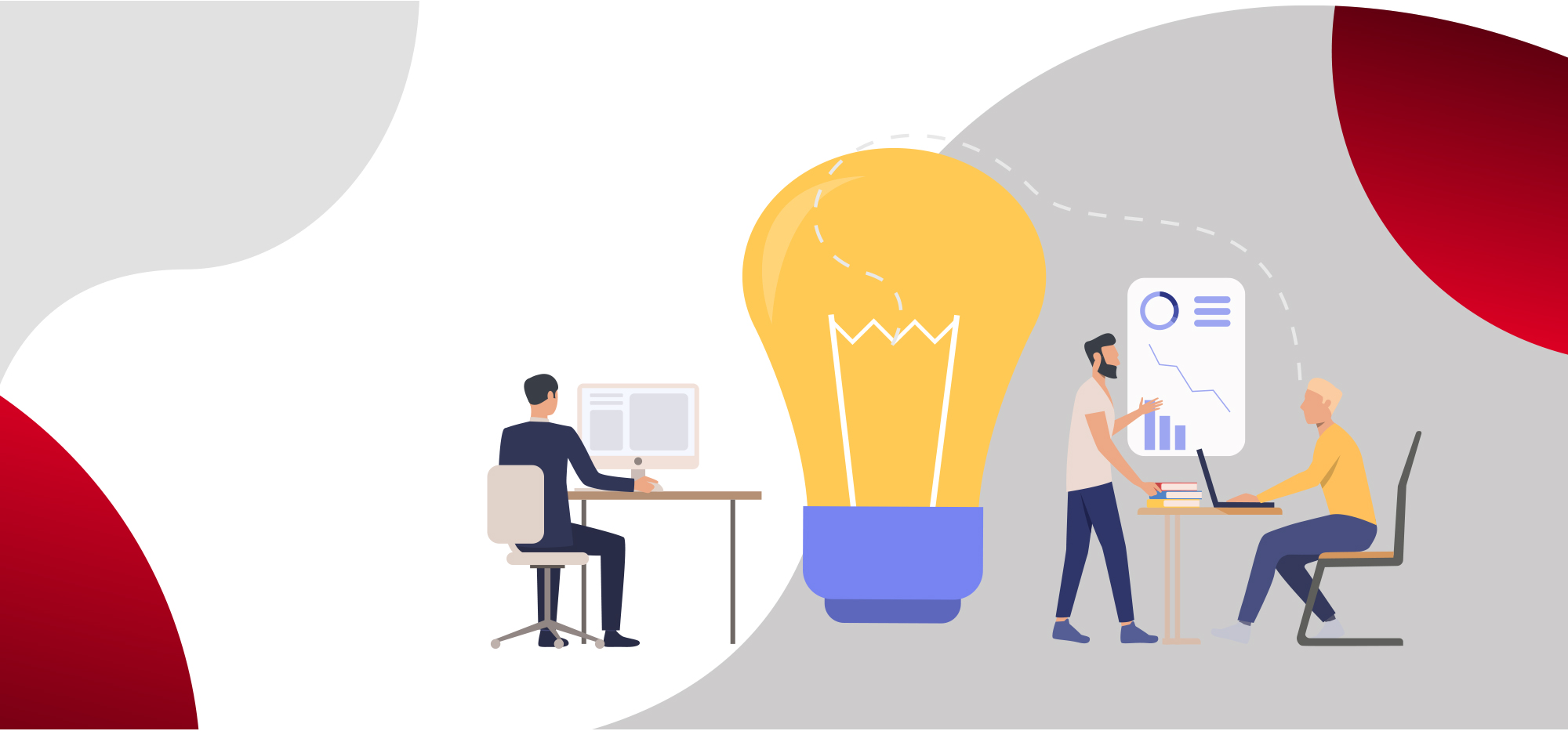Author: Edi Nopian Mulia, GTE Principal Expert Telkomtelstra
Most of IT person might say that it is a boring stuff, difficult to build and hard to manage, but one of the reasons why it exists is that it will provide your IT team a solid foundation for providing excellent IT service for your organization and its customer, no matter how small or large they are.
Configuration Management Data Base (CMDB) is a term in ITIL for database that store information where most of IT process, such as incident, problem, change and asset management are rely on it to operate.
CMDB contains asset as Configuration Items (CI), the different between CI in CMDB and asset in Asset Management, is that asset in Asset Management has intrinsic financial values, while CI as asset are beyond hardware and software that we agreed it need to be existed.
Usage Scenario
For the sake of a scenario, Let say, your organization launch a new products called Pajak Now, serving your finance unit and your customers. The service requires that your main application’s server have access to the government tax database service. Your team bought a new router and subscribed a new private WAN link so it can connect to government private WAN network.
In asset management, the new router would be tracked and managed for its ownership, location, its financial value, and most likely other information that your procurement and finance might needs. However, should you also monitor and track other components that makes these new services run? The answer is absolutely.
If we drill further down a little bit, we found that the following are critical components that will ensure the service run properly.

As we can see, all the above component in the list might be affecting the service when an incident or change happen to them. The list in bold are not actually an asset, but rather a service which can be newly created or already created and has function in supporting the Pajak Now Service
Relationship Mapping
CI requires relationship between them, so we can understand their dependencies to each other by looking their relationship maps. As example, the OS installed on the server and the WAN Link connected to the Router.
The following are of what the relation mapping looks like.

Benefits in ITSM process
Here are some scenarios on how it can benefit some of your ITSM process.
- Service Desk and Incident Management
Service Desk agents are able to log a proper service that is having issue, since the service CI is mapped properly, they can see if there any other incident ticket created or perhaps a ticket for maintenance has been applied to other CI supporting the product. It gives service desk a boost on pinpointing issue, engage proper technician, and provide reasonable updates to customer or user quickly.
- Change management
Your security team is planning to do a critical change with a downtime on you Firewall, in the process, your ITSM tools informs you regarding all the service that might be impacted by the change. You can easily provide information to your finance team and related account managers that Pajak Now will be temporarily interrupted and cannot be used by all users.
What happen if you managed tens of products with hundreds of customer subscription and thousands of hardware and its supporting software? Would it be better for yourself, your team and your organization, if you understand what is going wrong and take action faster, and would it better to understands the magnitude of impact of a simple change or a small device when its goes wrong?
A good and well maintained CMDB, CIs and its relationship, will make your IT life easier. It will reduce downtime and cost, greatly improve your root cause analysis on issues, finds problems on designs, etc. Combine your ITSM with tools with the right monitoring tools on capturing event to trigger automation and you will reduce your team’s man hour significantly.
About Telkomtelstra
Telkomtelstra is a joint venture between PT. Telekomunikasi Indonesia (Telkom Indonesia) which is the largest telecommunications company in Indonesia, with Telstra Corporation Limited (Telstra) which is the leading telecommunications and information services company in Australia.
Telkomtelstra provides a portfolio of leading technology products and solutions such as Managed Network Services, Managed Security Services, and Managed Cloud Services to help enhance digital transformation in Indonesia. Through an understanding of the local market as well as experience in providing world-class managed solutions services, Telkomtelstra has succeeded in supporting Indonesian companies to utilize managed solutions services in increasing business efficiency and productivity.
Unleash the true potential of your business, together with Telkomtelstra!


